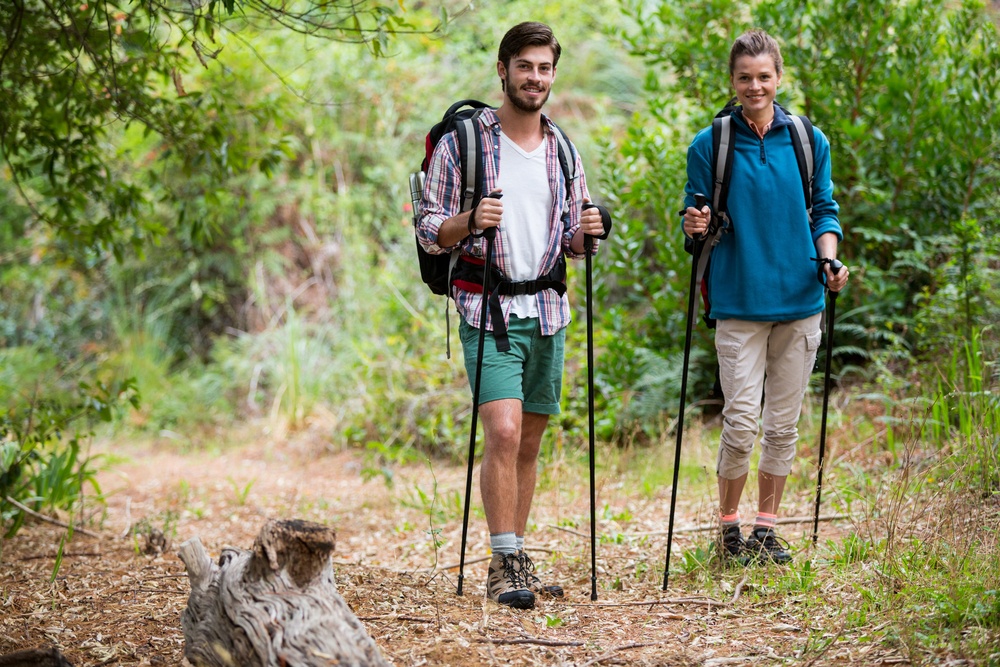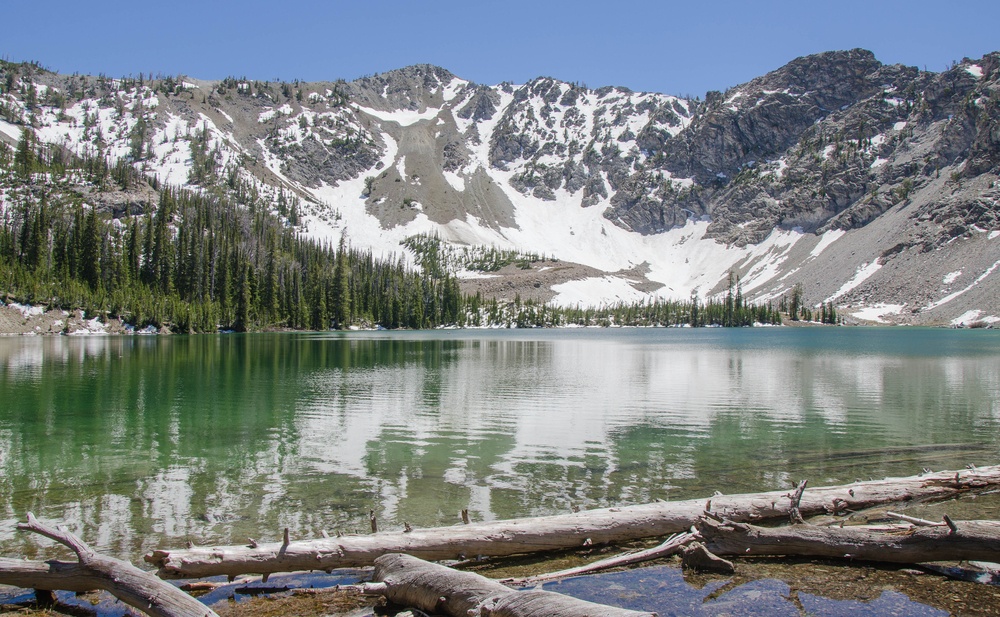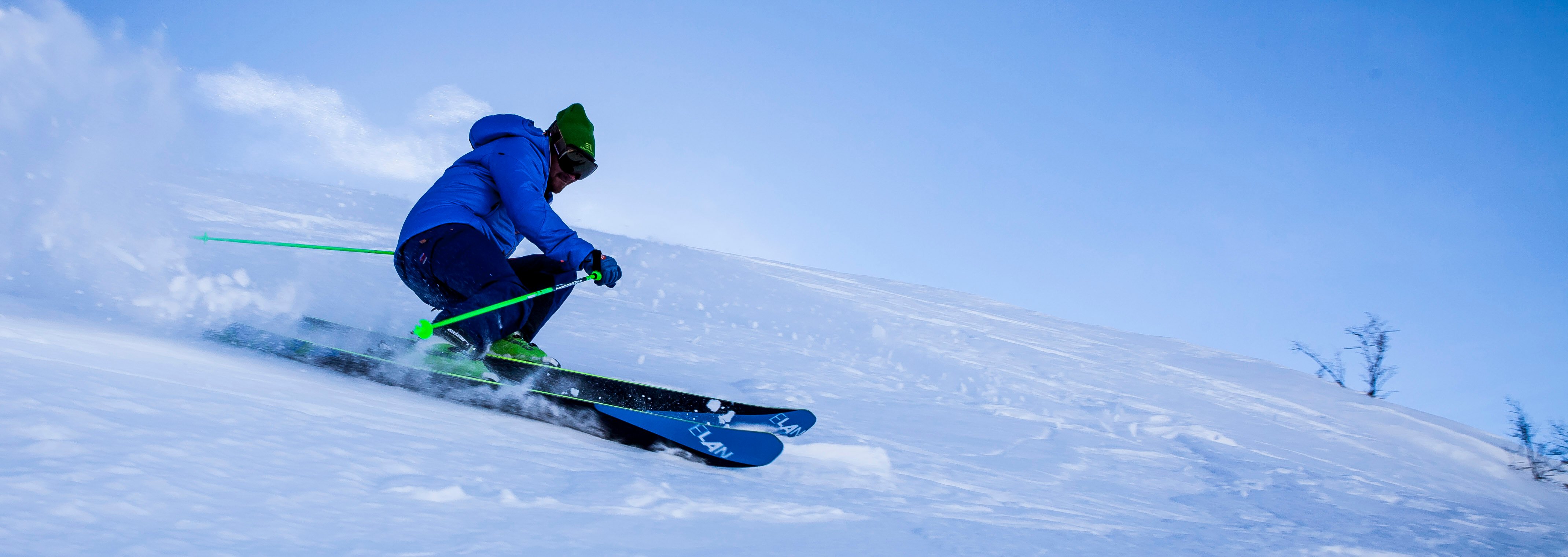Whether summer or winter, there's many great ways to enjoy the trails around Sun Valley, as long as you're prepared! Having the right equipment can make a good day great, or a dangerous situation much safer. It's always a good idea to consult the locals about what sort of equipment is necessary, and remember the weather can change quickly!
- Your choice in footwear: probably the most important piece of equipment for anyone hiking is their choice in footwear. Depending on the length of the hike, as well as the difficulty, will help you determine which shoes are best for you.
 Shorter day hikes in the summer often only require a trail shoe, and some people love hiking in adventure sandals like the brand Chaco Or Teva in the summertime. If you are planning on going on a much longer or more technical hike, hiking boots will offer more support and be better for your feet and body over an extended period. If there's snow on the trails, you may need to add micro-spikes or even snowshoes to your hiking boots, so make sure they're warm! Pro Tip: Make sure to break in new foot wear before deciding to go on an extended hike. You will thank yourself later. Whichever shoes you do decide to wear, make sure they fit properly and that you wear good socks. A go -to material in the hiking world is wool socks. Wool is antimicrobial and helps keep your feet from feeling to sweaty. Furthermore, having good socks help you lessen the chances for blistering. Anything you can do to avoid a blister while hiking will truly make a world of difference.
Shorter day hikes in the summer often only require a trail shoe, and some people love hiking in adventure sandals like the brand Chaco Or Teva in the summertime. If you are planning on going on a much longer or more technical hike, hiking boots will offer more support and be better for your feet and body over an extended period. If there's snow on the trails, you may need to add micro-spikes or even snowshoes to your hiking boots, so make sure they're warm! Pro Tip: Make sure to break in new foot wear before deciding to go on an extended hike. You will thank yourself later. Whichever shoes you do decide to wear, make sure they fit properly and that you wear good socks. A go -to material in the hiking world is wool socks. Wool is antimicrobial and helps keep your feet from feeling to sweaty. Furthermore, having good socks help you lessen the chances for blistering. Anything you can do to avoid a blister while hiking will truly make a world of difference.
- The essentials: the next thing you will want to address is what to bring with you. For a day hike, some of the biggest essentials are food and water. Pack snacks that are high in protein and complex carbs like trail mixes and dry fruit. If you are hiking in an area unfamiliar, you might also want to bring a water purifier.
- Clothing: when hiking in the mountains, always have the idea in your head that the weather may change. Always bring a rain jacket with you and an extra layer for warmth, even during the hottest summer days. You might start your hike in the hot sun, but the summit might be very cold and raining at the top. In the winter on a snowshoeing trip, it's important to dress in layers as well. Even on a cold day, you will be surprised at how warm you can get working up a sweat! Stop for a minute, and you may get cold and need those layers again. Wool or synthetic quick-dry layers are especially essential in the winter, as your sweat can cool and make you very cold.
 Small items that should not be forgotten: make sure to bring a map of the area, as well as a headlamp or source of light so you can see it if you end up being out later than you had planned. Also, having some sort of knife or multitool may come in handy, as well as a first aid kit. Finally, always remember sunscreen and sunglasses. The sun up in the altitude is much more intense than at sea level. Even if you are not prone to getting sunburnt, being high up in elevation changes how sensitive your skin is to the sun.
Small items that should not be forgotten: make sure to bring a map of the area, as well as a headlamp or source of light so you can see it if you end up being out later than you had planned. Also, having some sort of knife or multitool may come in handy, as well as a first aid kit. Finally, always remember sunscreen and sunglasses. The sun up in the altitude is much more intense than at sea level. Even if you are not prone to getting sunburnt, being high up in elevation changes how sensitive your skin is to the sun.


